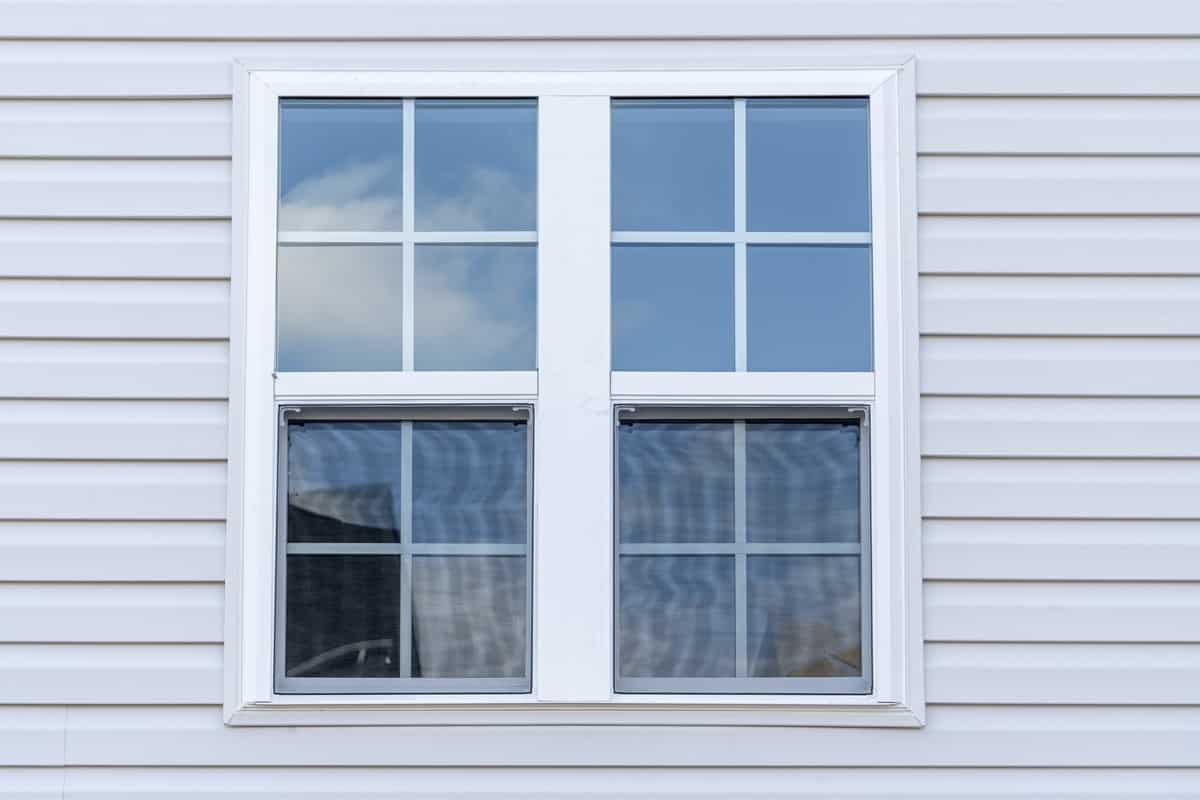The invention of sliding sash windows is commonly attributed to English architect Robert Hooke, who introduced the design in the mid-1600s. The windows gained widespread popularity during the Georgian era (1714-1837), characterized by their symmetrical lines and classical proportions. By the Victorian era (1837-1901), advancements in glass production allowed for larger panes, leading to variations like the “six-over-six” or “two-over-two” configurations.
Design and Components
Sliding sash windows consist of two main parts: the upper sash and the lower sash, which slide vertically within the frame. These components are typically made of wood, though modern versions may use uPVC, aluminium, or composite materials. Key elements include:
- Sashes: The movable panels that hold the glass panes.
- Frame: The fixed outer structure that houses the sashes.
- Glazing Bars: Also known as mullions, these divide the glass into smaller panes.
- Counterweights and Cords: Traditional sash windows use counterweights housed in the frame to balance the sashes, connected by cords or chains.
- Latches and Locks: These secure the sashes in place when closed.
Advantages
- Aesthetic Appeal: Sliding sash windows add charm and character to a building, enhancing its architectural integrity.
- Ventilation Control: The ability to open both the top and bottom sashes allows for better airflow management.
- Space Efficiency: Since the sashes slide vertically, they do not protrude outward, making them ideal for areas with limited space.
Maintenance and Modern Innovations
Traditional sliding sash windows require regular maintenance, such as painting and replacing cords or counterweights. However, modern innovations have made them more user-friendly and durable. Features like double glazing, weather stripping, and draught-proofing improve energy efficiency and reduce maintenance needs.
Contemporary Usage
Today, sliding sash windows are used in both historical restorations and new constructions. They remain a popular choice for homeowners looking to preserve the classic look of their property while benefiting from modern enhancements.
Conclusion
Sliding sash windows represent a blend of historical craftsmanship and contemporary innovation. Their timeless design and functional benefits ensure they remain a valuable architectural feature, appreciated for their beauty, practicality, and contribution to a building’s overall aesthetic.




